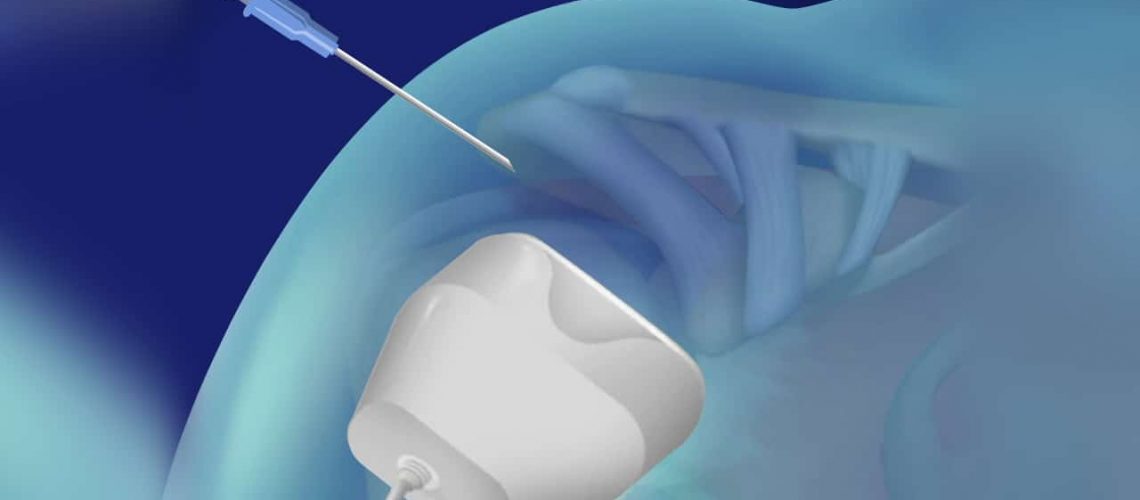When are Ultrasound-Guided Injections Necessary?
When non-invasive treatments for joint pain have failed to provide lasting relief, your doctor might suggest an ultrasound-guided cortisone injection to relieve inflammation and pain. Unlike non-steroidal anti-inflammatory medications (NSAIDs), cortisone is a steroidal anti-inflammatory that acts locally in joints to reduce inflammation rather than by reducing inflammation globally throughout the entire body. Some injections may be administered by simply palpating the joint. Others, however, require a more technical approach. Ultrasound guidance allows a provider to see real-time images of the structures beneath the skin, which aids in precise and accurate placement of the injection.
How Does Ultrasound Work?
Ultrasound creates live, moving pictures of internal body structures by emitting high-frequency sound waves and then receiving the reflections of those waves. Each different tissue within the body reflects or “echoes” the waves at a unique frequency. The ultrasound probe uses the reflected information to create a picture of each tissue. This real-time, dynamic image gives the provider a detailed map of each patient’s anatomy. The map is then used to guide the insertion of the needle and the administration of the injection into the perfect location.
Why Choose to Use Ultrasound?
With experience, a skilled provider can identify the proper placement for some types of joint injections without using ultrasound. However, many providers often prefer guided injections for two primary reasons:
- Improved accuracy — Joints are complex anatomical structures, and the specific target area may be just a few millimeters in size. Under ultrasound guidance, medication can be injected into the perfect spot for inflammation reduction and relief.
- Improved safety — When providers can see exactly where their needle is within a patient’s anatomical structures, complications from injections may be significantly reduced.
Overall, although ultrasound guidance may not be necessary or appropriate for every patient or every injection, the technology is an important tool that can improve accuracy, safety, and overall patient outcomes when used properly.


